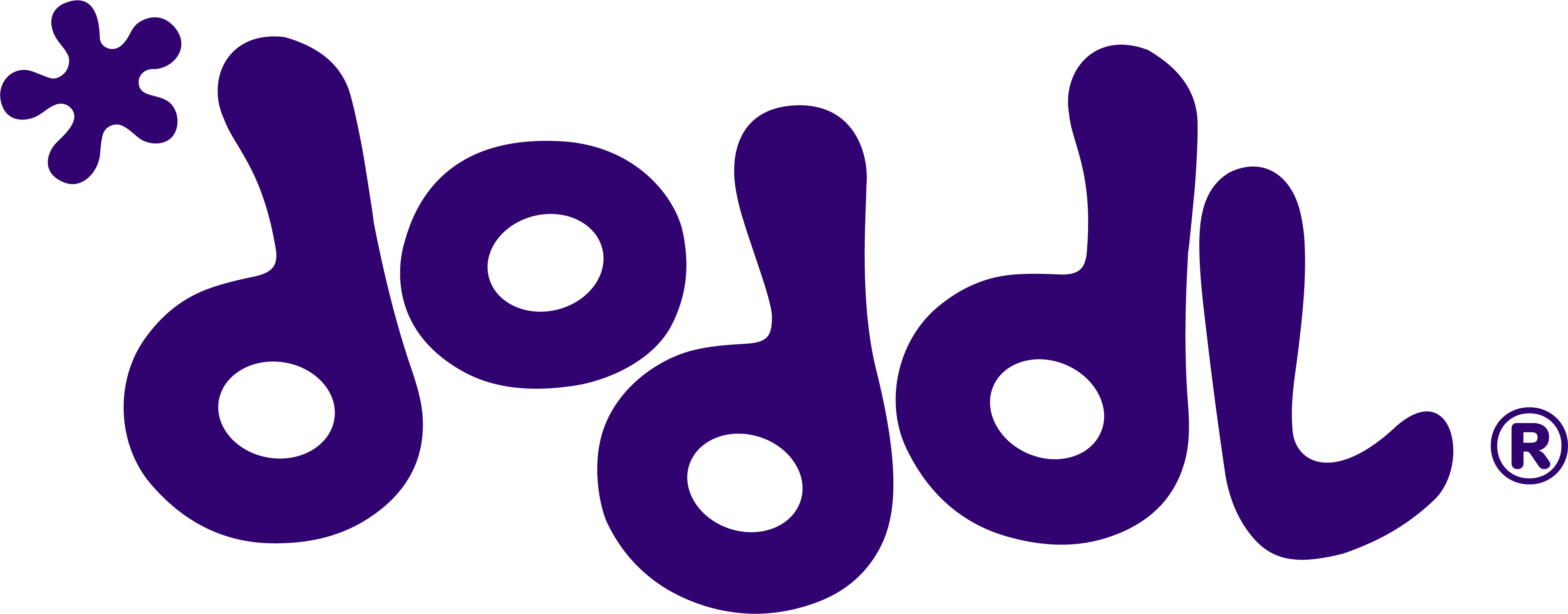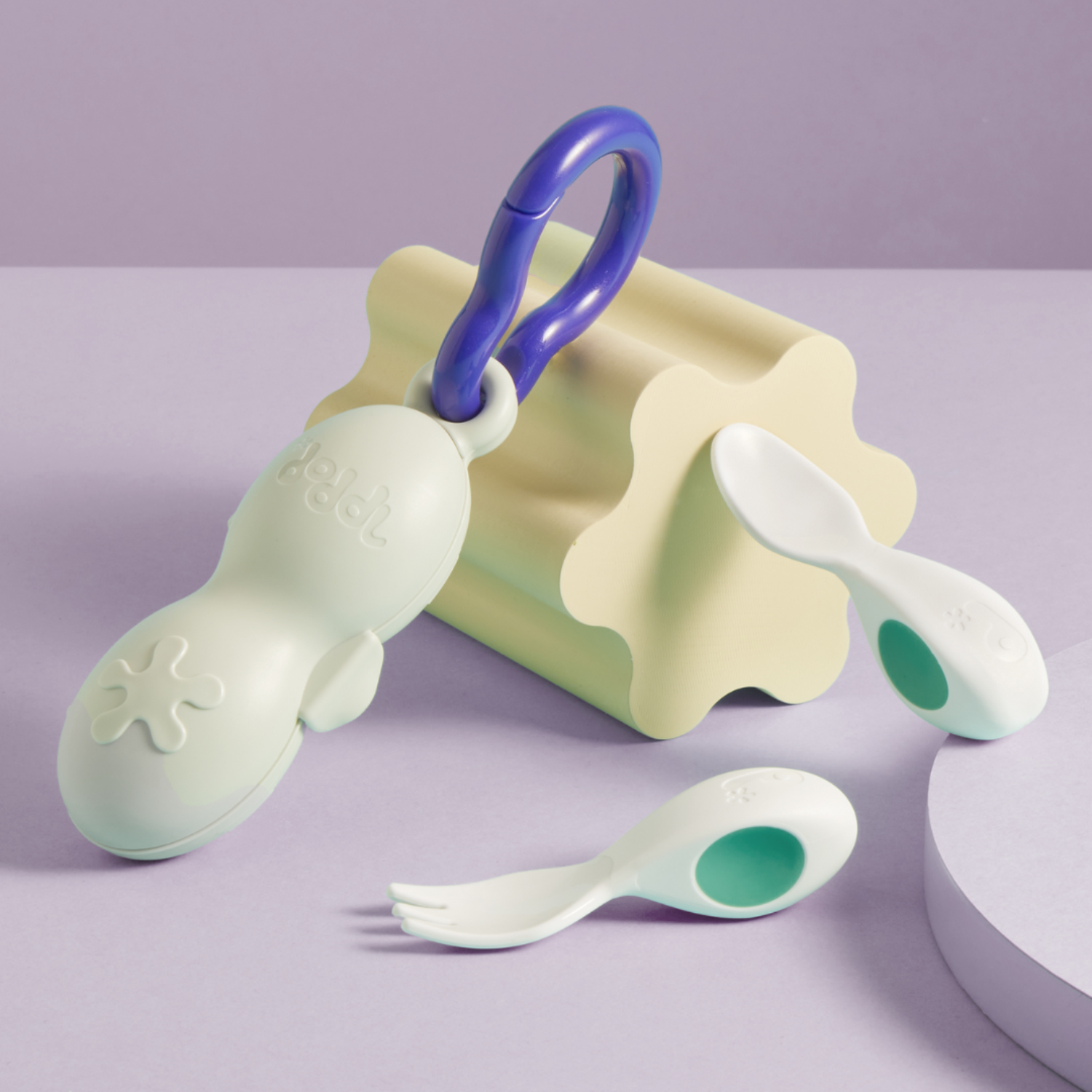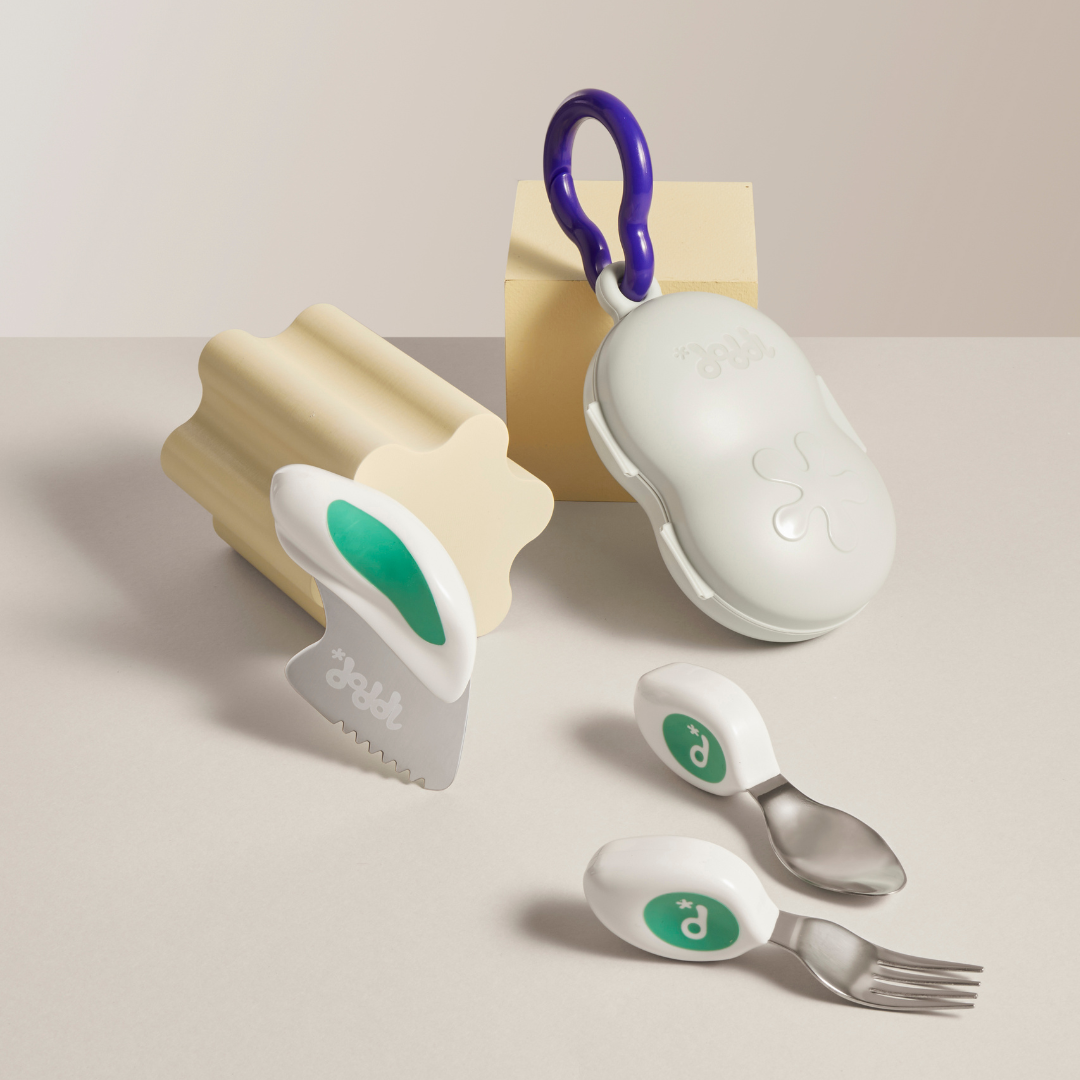
Gut Health in Toddlers: A Comprehensive Guide for Parents
From explosive nappies to mysterious mood swings after meals, understanding your toddler's gut health can feel overwhelming. This comprehensive guide breaks down everything you need to know about s...

Understanding and Supporting Separation Anxiety in Toddlers
Separation anxiety in toddlers can turn even the simplest goodbyes into emotional challenges—for both parents and little ones. In this guide, we’ll explore what separation anxiety really means, why...

What Can Babies Eat When Weaning? A Simple Food Guide for New Parents
Wondering what to feed your baby when starting solids? This in-depth guide walks you through the weaning journey step by step – from first foods and textures to safety tips, sample meal ideas, and ...

What is Baby Weaning? A Simple Guide for New Parents
Weaning is one of those big baby milestones that brings a mix of excitement, curiosity – and maybe a little mess. Whether you’re wondering when to start or what approach to take, this guide breaks ...

Encouraging Language Skills: How to Support Your Toddler's Speech Development
Discover practical activities, effective techniques, and key milestones to support your toddler's speech development. With a little patience and creativity, you can create a language-rich environme...

Speech Delays: How to Recognise the Signs and Support Language Development
Is your toddler's speech development on track? Learn about the signs of speech delays, when to seek help, and practical strategies to support your child's language growth. With early intervention a...









